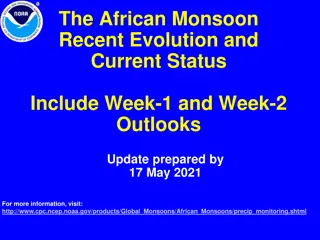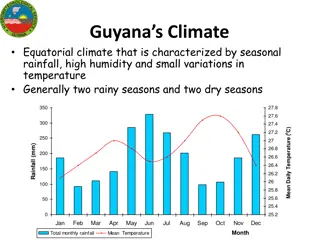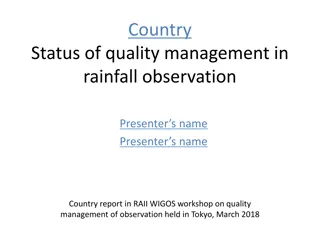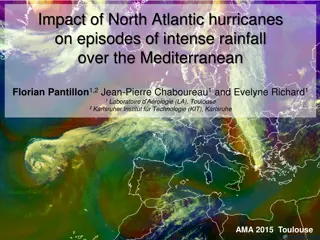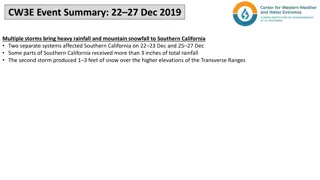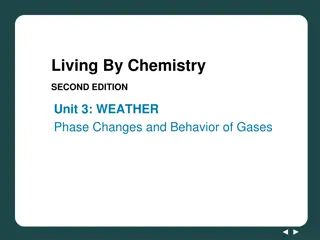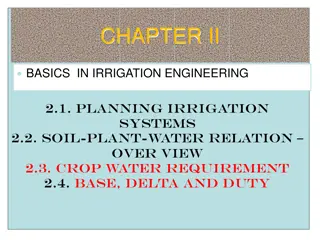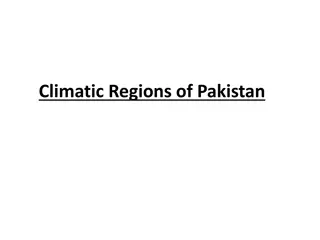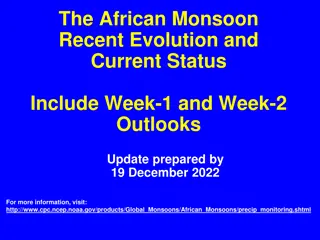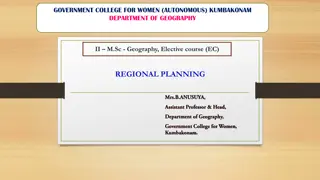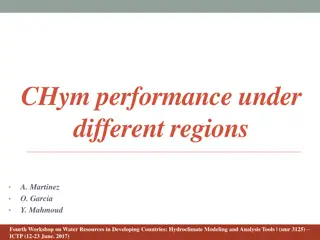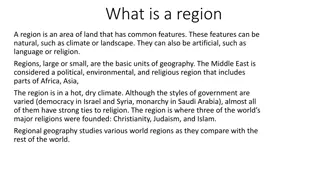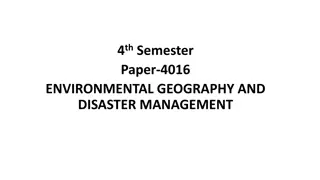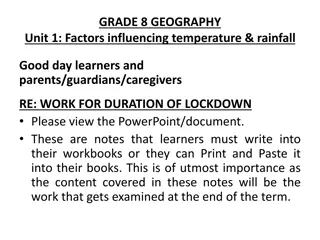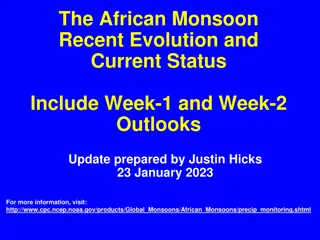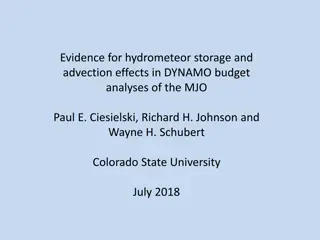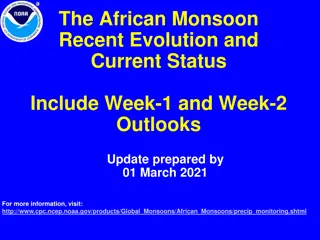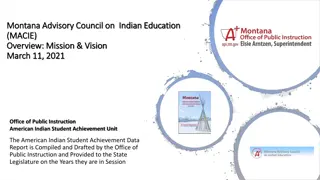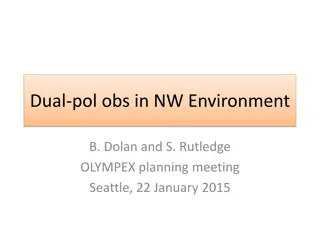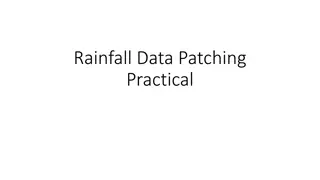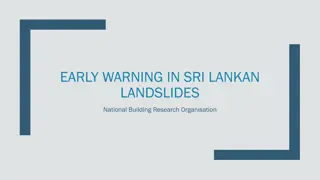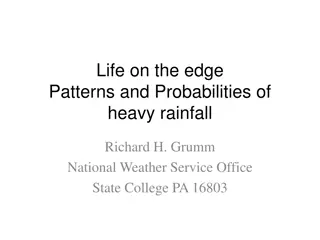Analysis of Longest Instrumental Rainfall Series in Indian Regions
This study by Yamini Kulkarni analyzes the longest instrumental rainfall series in Indian regions from 1848 to 2006. It includes the development of rainfall series for different zones using a network of rain gauge stations and statistical methods to understand fluctuations in precipitation over a 158-year period. The analysis reveals trends in annual rainfall, comparison of summer and winter data, and testing of hypotheses related to rainfall variations across different regions.
Download Presentation

Please find below an Image/Link to download the presentation.
The content on the website is provided AS IS for your information and personal use only. It may not be sold, licensed, or shared on other websites without obtaining consent from the author. Download presentation by click this link. If you encounter any issues during the download, it is possible that the publisher has removed the file from their server.
E N D
Presentation Transcript
Analysis of Longest Instrumental Rainfall Series of the Indian Regions (1848-2006) Yamini Kulkarni EAS-4480
Introduction Introduction Long period rainfall data is important for climate studies Helps in identifying wind patterns, seasonal variations Monthly averaged, seasonal and annual rainfall series of seven homogeneous zones and the whole India have been developed from well spread network of 316 raingauge stations The series is constructed by applying theoretically vindicated objective method Out of seven regions four are considered here 1. North Mountainous India (NM) 2. North West India (NWI) 3. North Central India (NCI) 4. North East India (NEI) 5. West Peninsular India (WPI) 6. East Peninsular India (EPI) 7. South Peninsular India (SPI) 8. Whole India (AI)
Methods and Hypothesis Methods and Hypothesis Expecting fluctuations in amount of precipitation for the period of 158 years. All regions are correlated with each other in terms of the rainfall Statistical Analysis Performed: Histogram, Hist, Timeseries Analysis, Boxplot, Student s t Distribution, Correlation, Least Squares Regression, Periodogram
Histogram Distribution and Trend Analysis of the Annual Rainfall Histogram Distribution and Trend Analysis of the Annual Rainfall
Box Plot Comparison f Box Plot Comparison f - - Summer and Winter Averaged Data Summer and Winter Averaged Data Winter Fluctuations: From early years up to about 1910 with largely decreasing rainfall trends and a slight increasing trend thereafter Summer Fluctuations: 1840s early 1890s increase, 1890s 1900s sudden decrease, 1900s early 1960s increase and 1960s onwards decrease
The t The t - - Test Test Regions tcalc tcrit h NM-NW 37.1723 1.9675 1 NM-NC 16.2079 1.9675 1 NM-NE 25.2724 1.9675 1 Null hypothesis can be rejected
Periodogram Periodogram
Correlation and Regression Analysis of the Regions as per Annual Rainfall Correlation and Regression Analysis of the Regions as per Annual Rainfall Regions Correlation(r) L.S. Regression Slope NM-NW 0.6312 0.3714 NM-NC 0.5040 0.3288 NM-NE -0.0041 -0.0001
Conclusion Conclusion Three zones, North Mountainous, North West and North CentraI can be cosidered together as a contiguous monsoon area of India while the North East is not correlated with these regions In the summer and winter monsoon rainfall fluctuations of NM, NW and NE show similar increasing/decreasing trend while NE region trend is somewhat different Can be receiving rainfall from other sources


